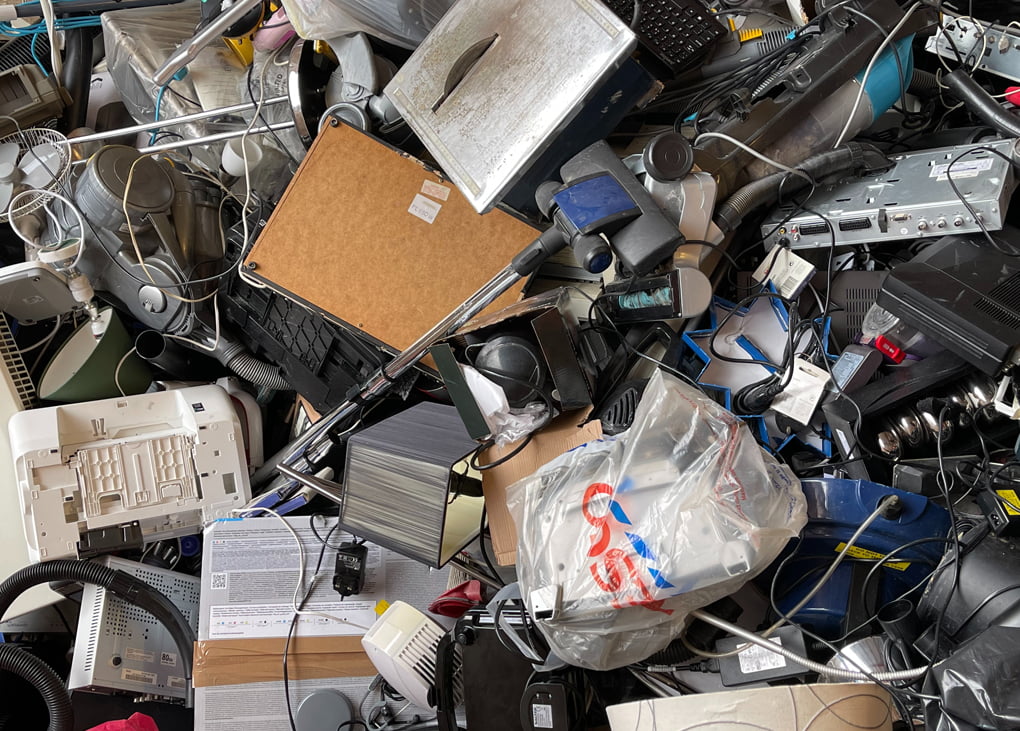The Department of Agriculture, Water and the Environment is running a work program to better understand e-waste in Australia and identify potential e-stewardship opportunities.
Although electronic waste is generally thought of as electronic goods such as televisions, phones and computers, the program is contemplating a wider definition. Add to this the increasing digitisation of appliances, and the initiative could have great relevance to the HVAC&R sector. Split systems at end of life, for example, could be considered e-waste.
According to the government, more than 500,000 tonnes of e-waste is generated in Australia every year. This is projected to grow to nearly one million tonnes by 2035.
E-waste can be hazardous and toxic. It often contains lead, mercury, arsenic and brominated flame retardants, and can damage human and environmental health. It can also contain valuable materials such as precious metals, driving a market for recycling and recovery. In the case of air conditioners, it can also contain ozone depleting or greenhouse gases.
The program will focus on improving Australia’s end-of-life management of consumer electronic products through their entire life-cycle. This includes design, manufacturer, import, sale and consumption. The model, known as e-stewardship, makes everyone in the product cycle take responsibility for its end-of-life fate, not just recyclers.
E-stewardship has been very successful when implemented in Australia. For example, the industry-led MobileMuster program has recycled over 14 million handsets and batteries since 1998.
Priorities for the work program are:
- Clarify and improve visibility of the state of consumer electronics and e-waste in Australia. The department will be working with state and territory departments to analyse existing data and investigate options to improve measurement at end-of-life.
- Map e-product supply chains to identify circular economy opportunities. Any solutions will need to be implemented across the supply chain and not just at recycling. Mapping the different players and critical issue points in the lifespan of e-products will better enable targeted interventions by industry and governments.
- Identify options for successful management of consumer electronics in Australia. There are actions that can be taken across all levels of governments and by businesses across the supply chain to improve the management of consumer electronics in Australia. This work program will aim to identify and coordinate the key actions that need to occur to achieve strong environmental, social and economic outcomes.
The department has established a taskforce to drive a national consultation process to better understand e-waste in Australia and identify potential e-stewardship opportunities.
To register interest in the program and consultations, click here.
 Mark Vender
Mark Vender


Leave a Reply